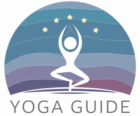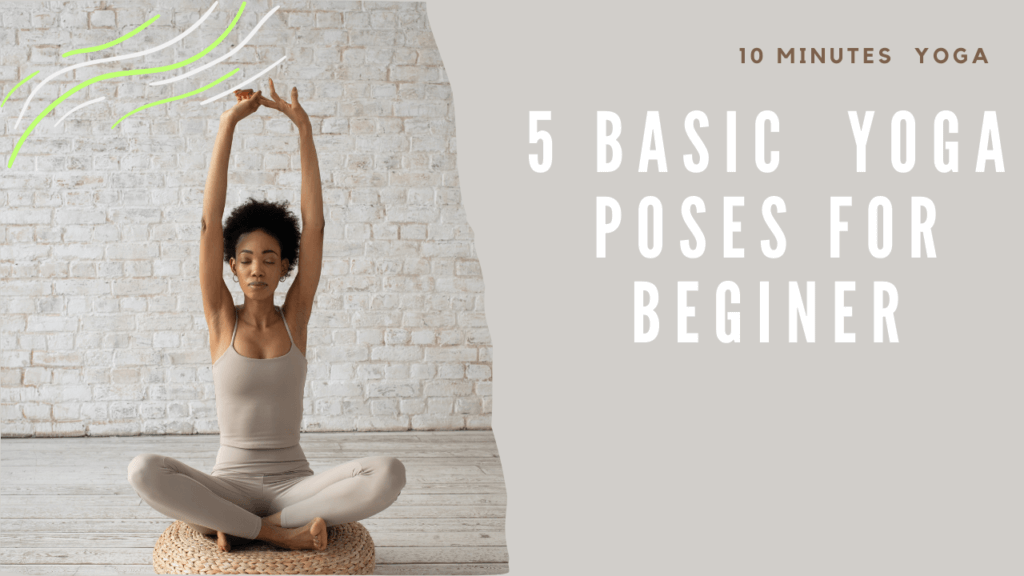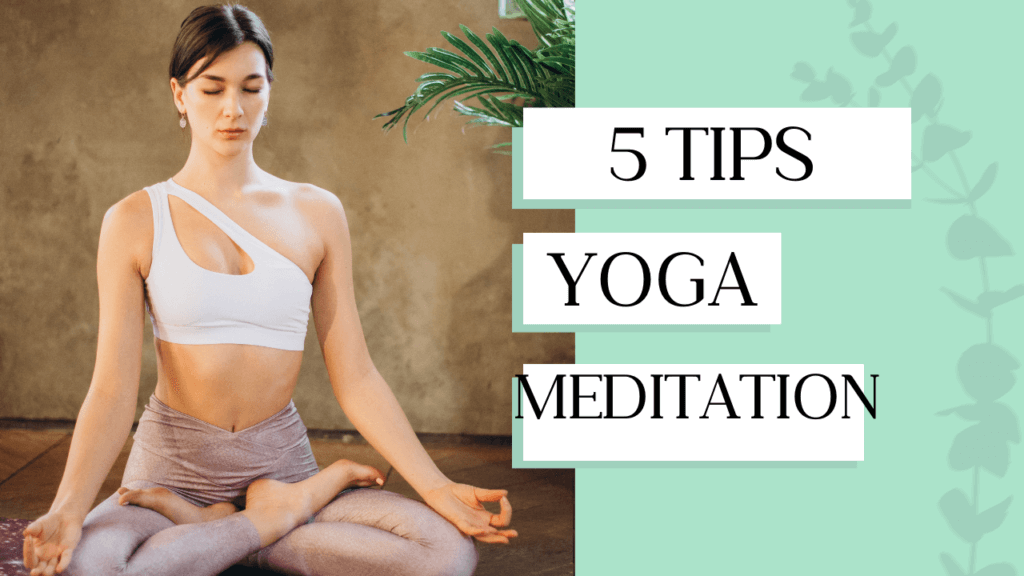Introduction:
Full form of yoga “Y our Objectives Guidelines and Assessment.
Yoga originated in ancient India. Because of its physical and mental benefits, yoga has gained unique importance.
Yoga has made its way into cities across the US thanks to its ancient practice. Yoga helps improve muscle tone, flexibility and strength.
Research has shown that yoga can help reduce stress, anxiety and depression in chronic pain.
We Guide step by step
Downward Facing Dog (Adho Mukha Śvānāsana)
One of the most recognizable and popular poses.
This pose works your hamstrings and thoracic spine.
Place both your palms under your shoulders and place your feet on the mat then bend at 90°.
With pressure on the palms, turn the toes down and raise your waist towards the sky.
Press your heels into the ground and stretch the upper back and back of the legs. And rotate your legs to apply pressure.
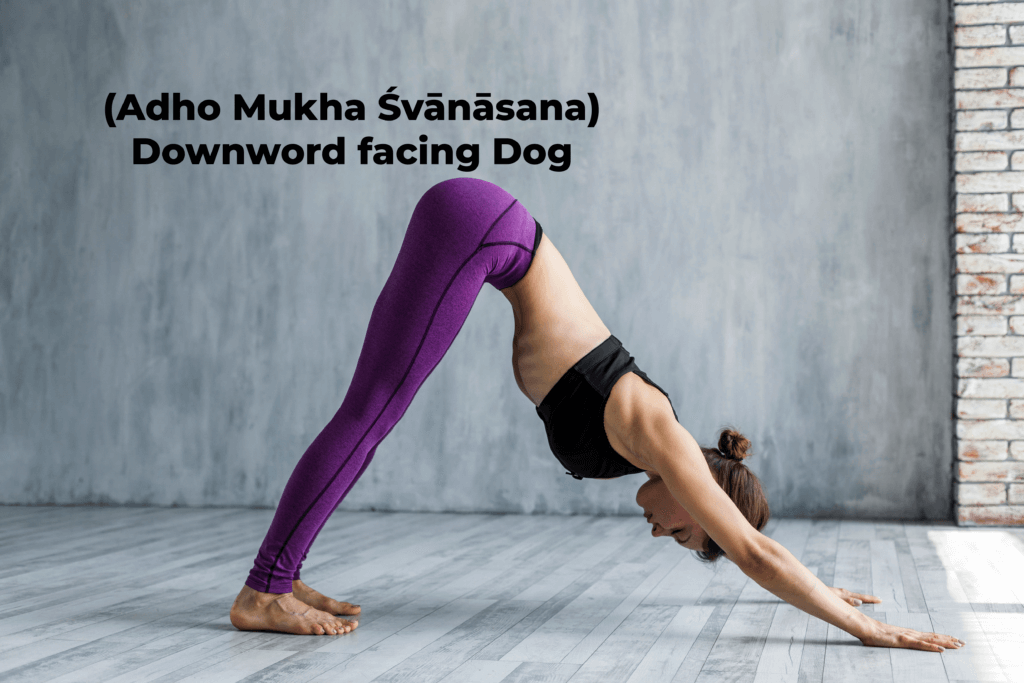
Benefits:
it helps to improve digestion, It helps to reduce body mass index, which indicates obesity.
It helps to stimulate circulation
It helps to relieve leg pain and ankle pain.
It helps to strengthen the shoulder joints.
Warrior II (Veerabhadra asana II)
This yoga asana helps in increasing leg strength and knee stability.
How to do
Follow Veerabhadra asana1 rules completely. Rotate your torso so that your shoulders are parallel to your legs.
In addition to Veerabhadrasana 1, you keep your arms straight instead of overhead. Don’t try to keep your head in front and keep your sight. Take a deep breath as you feel your front leg working.
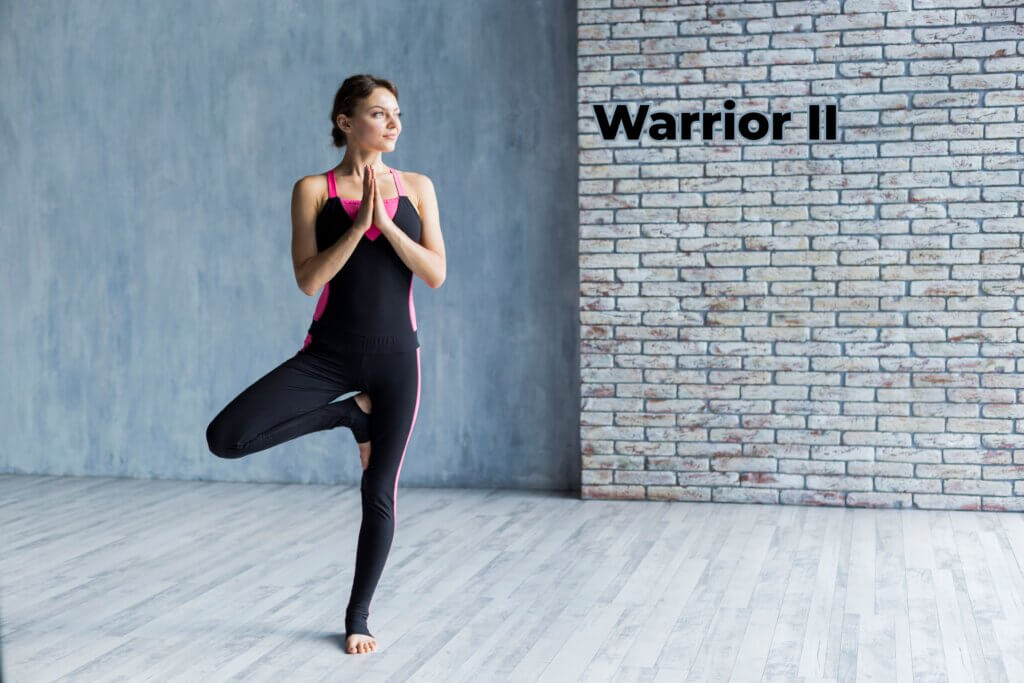
Benefits: It helps to strengthen The arm, shoulders and legs
It helps to maintain balance in body.
It helps people have desk jobs.
It helps to increase stamina.
It helps to muscle endurance.
It helps to release tention.
Child’s Pose (Balasana)
This pose works to stretch your upper back and lower back of rest
how to do
The position is made for more tension. If you need a break while experimenting, you can feel free to trust Yapose.
Place your toes on the yoga mat with both your palms on the floor in front of you
Sit your butt over your heels as your head gently hits the mat in front of you. Bring your hands forward and place your cup on this area, taking long, slow, deep breaths.
Tip: If you are pregnant, don’t put any pressure
Benefits: Opening your hips.
lengthening your spine.
Relaxing your back muscles.
Relieving any attention in your pelvis.
helps to increasing blood flow to your head and neck.
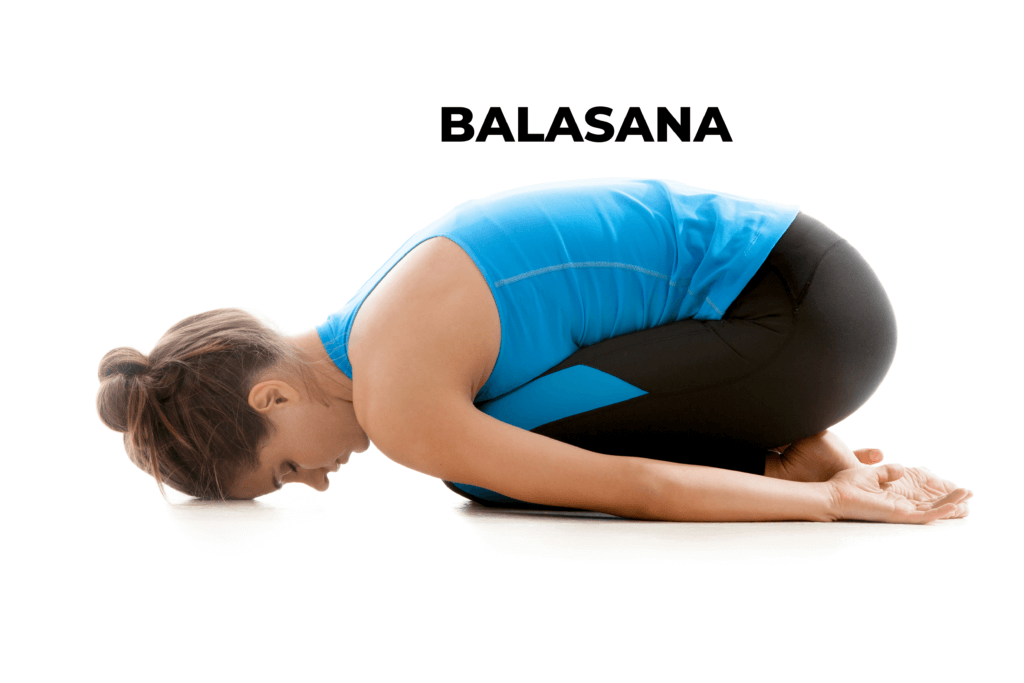
High Plank (Phalakasana)
This pose works to strengthen your core and body. If you find it difficult to take deep breaths, just start with two deep breaths.
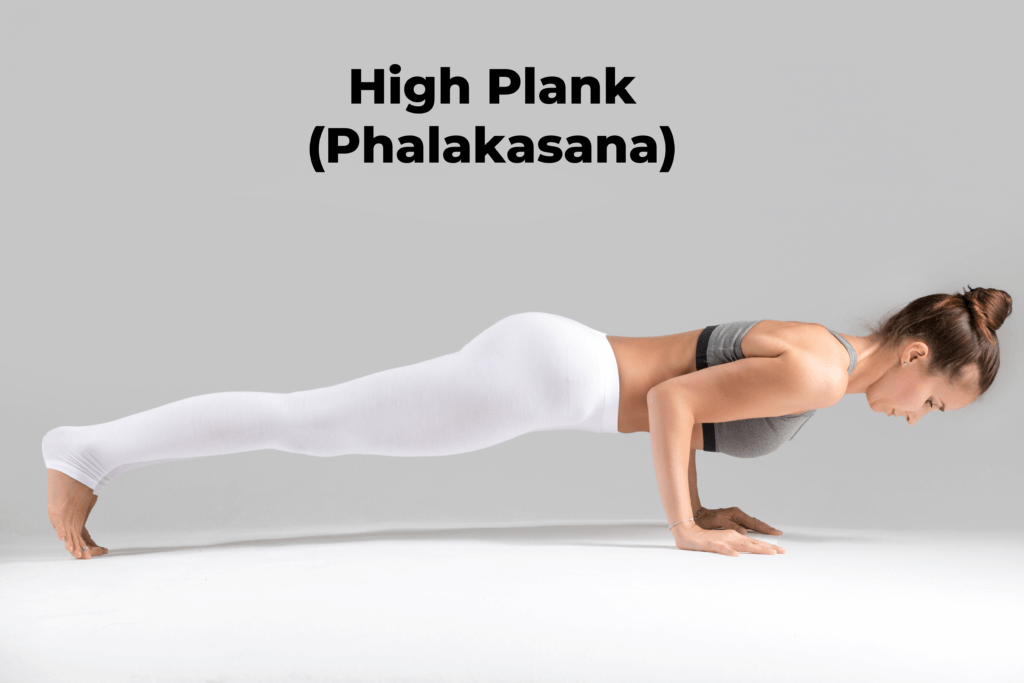
How to do
Hold the pose on all fours and extend one leg and slowly spread out into a flat plank position.
Keep your palms firmly pressed up on the mat making sure your hands are below your shoulders. Make sure your head is neutral and keep your arms straight and flat while breathing into the pose.
Hold the pose on all fours and extend one leg and slowly spread out into a flat plank position.
Keep your palms firmly pressed up on the mat making sure your hands are below your shoulders. Make sure your head is neutral and keep your arms straight and flat while breathing into the pose.
Benefits:
Strengthens legs.
Strengthens wrists, forearms, biceps and triceps.
Helps create stability in the shoulder joints.
Tones abdomen (obliques, transverse abdominus, rectus abdominus) and hips.
Builds strength in the neck.
Strengthens the posterior chain
Cobra (Bhujangasana)
This pose is considered very useful for your thoracic spine. Just don’t strain too much in this pose to avoid hurting your back.
How to do
Bend your legs and place your head on the mat and stretch your stomach. Rib your palms Lie forward and bend your elbows. Gently press your palms into the floor and stretch your neck and back towards the sky. Make sure to stretch your upper back as much as you feel comfortable
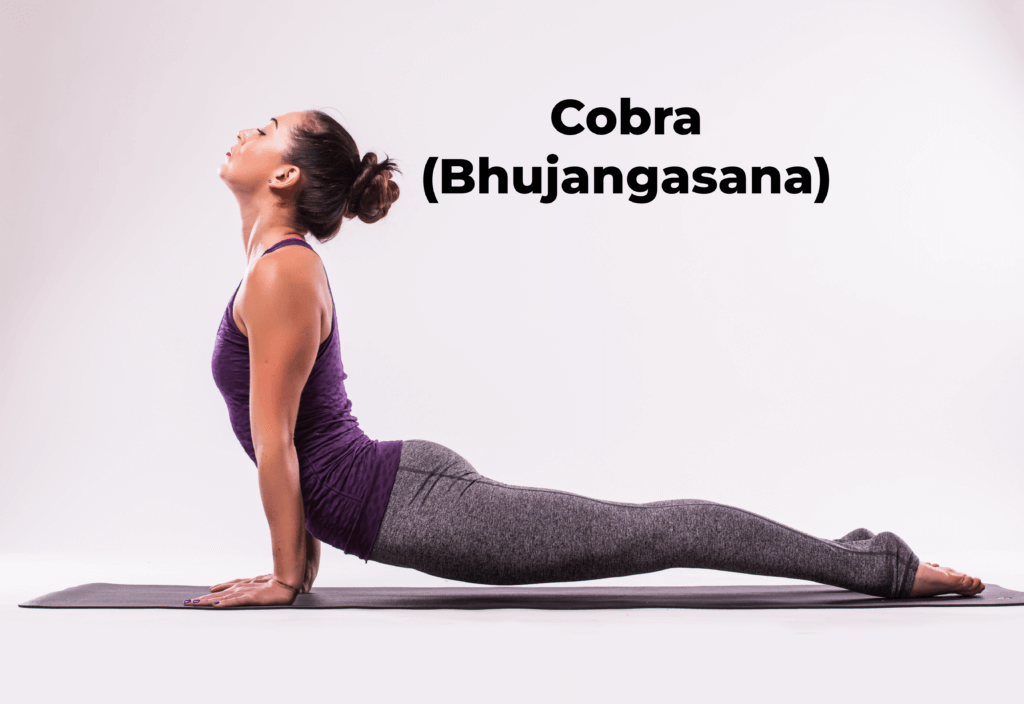
Benefits: to Tone belly fat, reducing fat in abdomen.
Excellent remedy for lower back pain
helps to increase the arm power
helps to increased flexibility.
Savasana (Corpse Pose)
No yoga session is complete without a relaxing asana. Although Shavasana is a resting position, although it looks easy, Shavasana is more difficult than other asanas. One should try to be present and aware for five to ten minutes.
how to do
Lie on your back with your legs extended and your arms close but slightly away from your body. Gently rub the palms of your hands upwards on your face.Breathe naturally If your mind wanders, try to focus on your breath. But not deeply.
This sadhana should be done for at least five to ten minutes. To come out of it take a deep breath try to gently wake up the hand and start moving the fingers and toes. Raise your arms overhead and bend your knees slightly to the side. Sit up with your own hands for support.
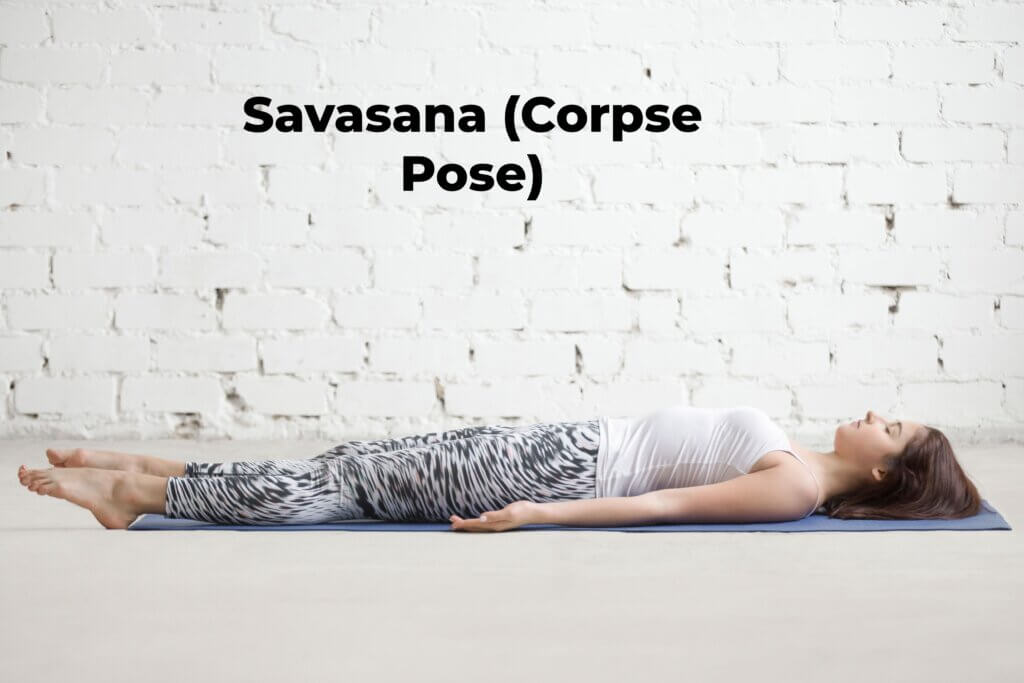
Benefits: helps to improve concentration
helps to Building mental and physical strenth
it helps focusing on deep breathing witch increases the oxygen flow towards the brain.
Conclusion:
Yoga is for evryperson. Yoga is Complete for Beginners. Students of all levels, including beginner.
Students of all levels, including beginner. You don’t need any equipment for yoga. You don’t need to be an expert to do yoga
